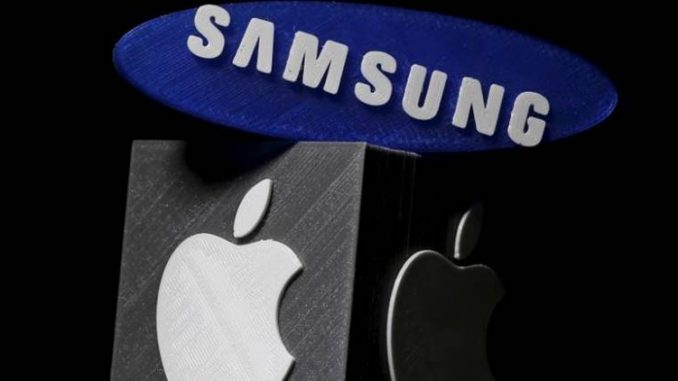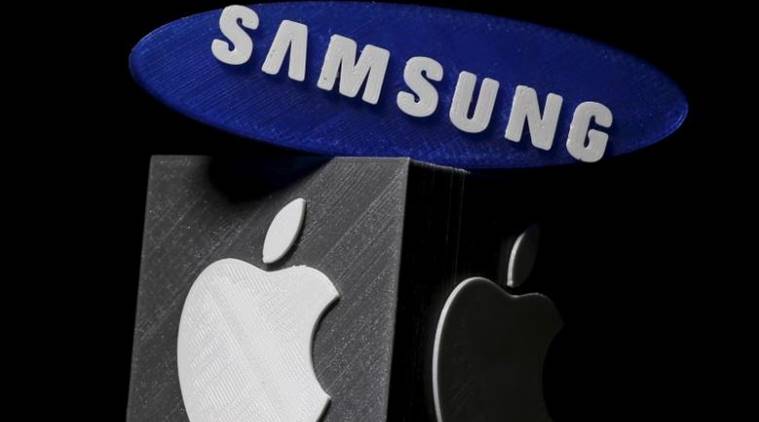
The unanimous backing of Supreme Court of U.S. this week for a ruling by the top patent court was an uncommon example of harmony with a body whose decisions in that particular area was regularly overturned.
Expressively, this week’s verdict was not related to patents, but trademarks. Since its term commenced in October 2016, the Supreme Court has slashed out all 6 patent-linked decisions for the Federal Circuit by the U.S. Court of Appeals, which was installed to manage such cases.
Since 2014, the patent court was supported by the high court in only 2 out of 16 patent cases, a media review displayed.

The shortage of agreement among the patent court and the high court indicates a fundamental conflict at the peak of the legal system of the U.S. over the rights of intellectual property, which are dangerous to most of the industries.
The pattern followed by the high court on patent law is fraction of a broader trend, under John Roberts, the Chief Justice, as a part of the court siding with trade in legal arguments that come prior to it.
Business welfares have won a cord of victories in the present term, which is planned to finish in the coming week.
The Supreme Court, through its echoing reversals of the patent court, is making it more difficult to prosecute firms utilizing patents. That assists major technology companies such as Apple, Google, and Samsung, all frequent targets of patent breach lawsuits.
More industries, including medical diagnostics and drug firm, have been alerted against feeble patent rights.
“The patent system has become very feeble, and as far as I am worried the Supreme Court is not aware of this situation,” claimed Paul Michel, who in 2010 retired as Chief Judge of Federal Circuit.
Michel claimed that the decisions by high court had generated enormous uncertainty for investors and companies over patent rights and could impact development and research and innovation.
The patent cases of Supreme Court in this term have been important, comprising one involving Samsung and Apple over handsets. In this case, the justices claimed that the Federal Circuit misunderstood the law on developed patents.
